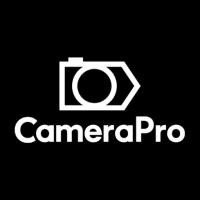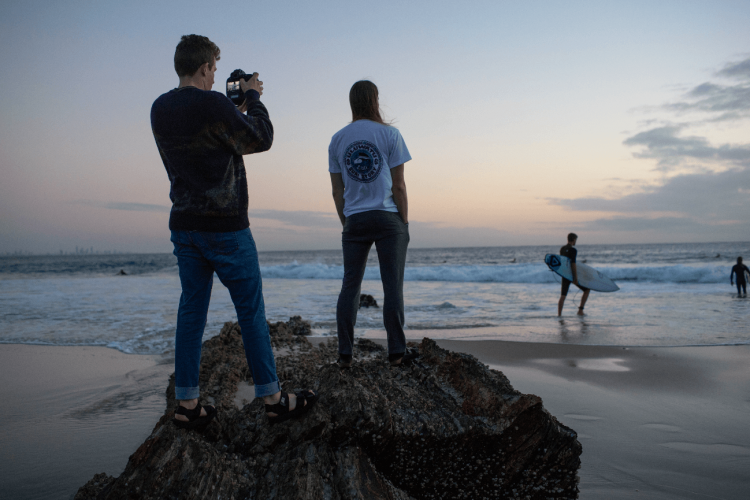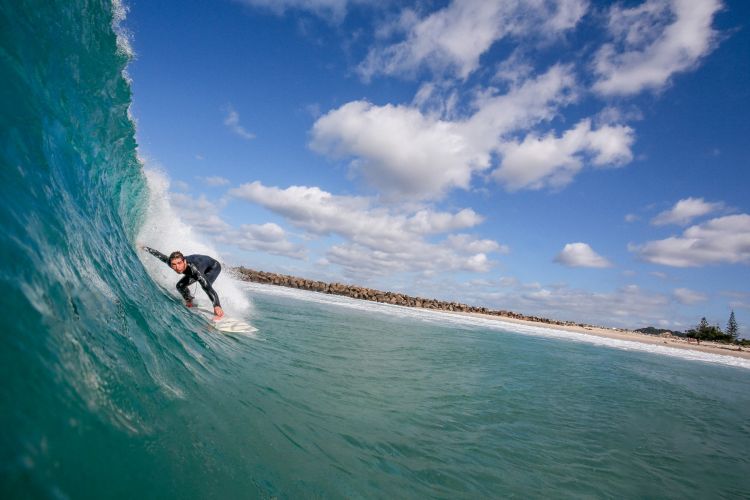
From awe-inspiring moves to the ferocious beauty of Mother Nature, surf photography offers a feast of opportunity for shot-makers with a taste for action and saltwater. Better still, it’s no longer restricted to pros with huge budgets and complex setups. With a modest kit, a creative eye, and some solid practice and know-how, anyone can land themselves epic surfing images.
Here are five tips from the team at CameraPro for those wanting to dip a toe into surf photography.
Plan Ahead
Forward planning is important for any kind of photography, but especially so for surf photography. Location, lighting and conditions can all make or break a shoot, so do your homework ahead of time to minimise any risks and maximise your chances of getting quality results.
A quick Google search should offer plenty of ideas for good photo locations. Calm, less crowded spots are best for newbies who want to try shooting from the water. Keep an eye on surf and weather forecast websites/apps right up until the day you plan to shoot (and keep a Plan B or C in mind), as conditions can change quickly and dramatically.
Ideally, plan your shoot for Golden Hour (just after sunrise or before sunset); this will bring gorgeous natural lighting and color to your images. Knowing what lighting you’re after—be it from the front, side or back—will help you decide on the best vantage point.
Get The Right Gear For Surf Photography
While top-of-the-line camera gear isn’t strictly necessary, you’ll need adequate specs to get satisfying results. As a minimum, look for an easy-to-use interchangeable lens camera with fast, accurate autofocus; solid buffer performance; and a high frame rate (8 fps is ideal, but 5-6 fps will deliver if your timing is good). A fast, high-capacity memory card is a must, as is a fully charged battery or two.
Shooting from the beach is a great place for new surf photographers to start; it just requires some decent zoom (at least 100mm full-frame equivalent). It’s well worth using a tripod/monopod to keep things steady and a circular polariser to keep highlights in check.
If you’ve got the confidence, however, you can’t beat the sheer adrenaline rush of shooting from the water. For this you’ll need a waterproof housing and a wider lens—wide-angles are our pick, though a nifty 50mm is a lightweight, affordable and versatile option that’s great for beginners. For easier movement, better comfort and added security it’s well worth getting fins, a wetsuit and a wrist strap.
Keep Your Settings Simple
Keep things simple when it comes to settings. This will make it a whole lot easier for you to concentrate on the action and—if you’re going in the water—balancing your gear and staying afloat.
If shooting from the shore, try starting with single shot autofocus drive in TV or AV mode with a mid-range aperture for wide depth of field. A fast shutter speed (1/1000th sec or so) will enable you to freeze action sharply.
Shooting from the water obviously makes it trickier to focus, so when starting out try manually focusing to a distance you feel comfortable with and shooting in continuous drive mode.
Alternatively, try autofocusing in single shot drive mode. Use a high shutter speed and narrow aperture (around f11) to give yourself plenty of margin for error with depth of field.
Shoot With A Friend
In our experience, shooting with a buddy is the best approach to surf photography – particularly if you plan to shoot from the water. Not only can the other person act as a subject; having someone alongside you also really helps to boost your confidence while you’re getting a handle on your gear and the conditions.
Experiment
Creativity is the key to ensuring your images don’t all look the same. Once you’ve honed your technique, try shooting from different spots and play around with framing, composition, lighting and point of view.
Looking at the work of pro surf and underwater photographers is a great way to inspire ideas. Check out our top picks.
As with surfing, successful surf photos depend heavily on conditions and require dedicated practice. However, the payoff makes the effort more than worthwhile. So get out there, stay safe and above all, have fun!
For more in-depth tips on surf photography gear, settings and techniques, check out CameraPro’s full article: www.camerapro.com.au/news-and-reviews/post/an-introduction-to-surf-photography/
*All images and videos shared with permission from the Copyright Holders. Do not share or reuse images without direct permission.
Images by Alexander Wootten, Robert Mynard, Louise Wright & Jackson Seebohm
Video by Alexander Wootten
Written by Belinda Moo













Get Connected!